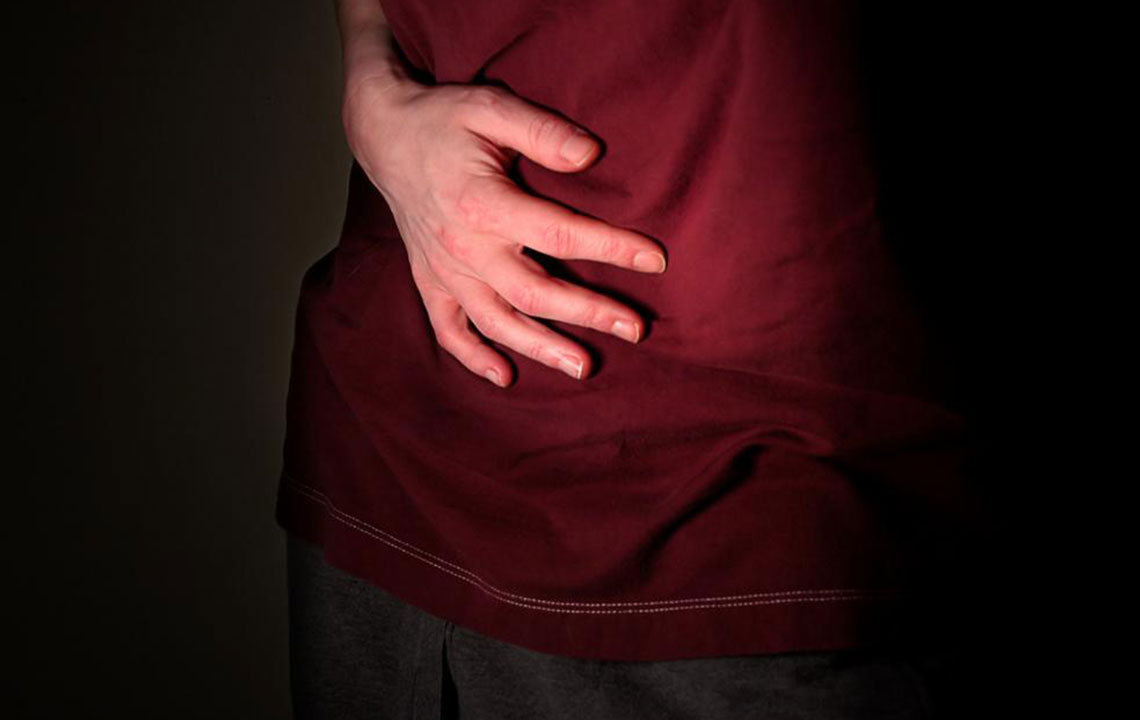Top Strategies to Control Overactive Bladder Symptoms
Discover effective strategies to manage overactive bladder, including behavioral techniques, medications, and surgical options. Learn how bladder training, pelvic exercises, weight management, and nerve stimulation can improve quality of life for those affected. Consult healthcare professionals for personalized treatment plans to control symptoms and regain confidence.

Top Strategies to Control Overactive Bladder Symptoms
An overactive bladder (OAB) is characterized by a sudden, urgent need to urinate, impacting both men and women, especially older adults. This condition can interfere with daily activities, sleep, and social interactions. Fortunately, multiple management options are available, including behavioral adjustments, medication, or combined approaches.
Bladder Training
Develop a routine by urinating at scheduled times instead of reacting to sudden urges. Start with short intervals and gradually extend them to an hour or more between bathroom visits.
Pelvic Floor Exercises
Daily Kegel exercises can strengthen pelvic muscles, improving bladder control. Consult a healthcare professional or physical therapist for proper technique.
Biofeedback Therapy
This method uses electronic sensors to monitor bodily functions, providing real-time feedback on activities like heart rate, blood pressure, and muscle movements. It helps identify effective strategies for managing bladder issues.
Weight Reduction
If overweight, losing weight can alleviate OAB symptoms, enhancing overall health.
Maintaining a healthy diet is crucial, as excess weight can lead to additional health problems.
Incontinence Products
Protective items like absorbent pads, adult diapers, handheld urinals, or catheters can help manage symptoms and prevent embarrassing situations during treatment.
Medications
Doctors may prescribe drugs such as tolterodine, oxybutynin, trospium, solifenacin, darifenacin, fesoterodine, or mirabegron to reduce OAB symptoms.
Surgical Options
When lifestyle changes and medications aren’t enough, surgery like bladder removal, sling procedures, Botox injections, or vaginal mesh surgery might be considered, depending on severity.
Nerve Stimulation
This effective treatment involves delivering small electric currents to pelvic and lower back muscles, stimulating nerves to control bladder contractions and reduce urgency.
Note:
The information provided here is for educational purposes and should not replace professional medical advice. Always consult with a healthcare provider for personalized treatment options. The site aims to inform but may not cover all available therapies or latest research findings.









